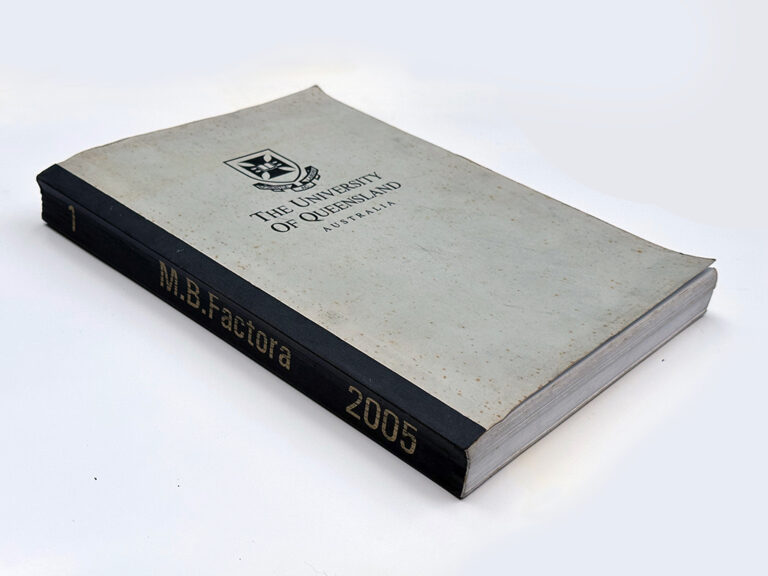A Model of Sequential Music Teaching Utilising Philippine Vocal Materials
PhD Thesis | The University of Queensland, Australia • School of Music



This study is a direct response to Filipino teachers’ clamour for a more relevant music education. It responds to three main issues explicitly stated by music teachers: 1) formal music education is given very little importance in the Philippines; 2) there is no concrete pedagogical framework for teaching music as a literacy with a related body of literature; and, 3) in light of the Filipinos’ continuous search for a stronger national identity, there is a need to indigenise and localise the music curriculum.
This study aims to address those issues through describing a sequential rhythmic and melodic model consisting of elements and concepts for enhancing the development of literate musicianship in elementary students utilising Philippine vocal materials. The vocal materials specifically chosen for this study are children’s folk songs, spoken rhymes and musical games from different ethno-linguistic groups in the Philippines. The conceptual framework of this study rests on a foundation of constructivist principles. The constructivist principles of Zoltán Kodály, Hungarian composer, ethnomusicologist, linguist, philosopher and music educator, have had a direct influence on this study. The Kodály Concept is known for its adherence to child-centred, music-driven sequential curricula to make musical learning more logical, systematic, relevant and meaningful to students.
The research methodology pursued in this study can be grouped into five major components: 1) collection and gathering of Philippine children’s folk songs, spoken rhymes and musical folk games; 2) transcription; 3) translation of the materials into English and translation of selected materials into the national language, Filipino; 4) analysis; and 5) classification and systematisation of the materials. Systematisation resulted in the development of a sequential music teaching model utilising Philippine vocal materials.
A total of 200 vocal materials were collected, analysed and pedagogically codified for this study. Fieldwork specifically geared towards this study was conducted in December 1998 to June 2001. The vocal materials were collected in 15 regions of the Philippines from 39 ethno-linguistic groups. Out of the 200 materials, 124 are songs, 19 are spoken rhymes and 57 are musical games of which 27 are sung and 30 are spoken. One hundred fifty-seven of these materials are from the researcher’s original collection chosen out of a total sample size of 1,500, and the remaining 43 were derived from secondary sources including existing published and unpublished written materials.
The materials chosen for this study dictate the content of the designed sequence. In the result of the findings, it is apparent that “![]() ” is perhaps the most typical rhythm; hence, it is reasonable to start teaching the rhythm concepts with “
” is perhaps the most typical rhythm; hence, it is reasonable to start teaching the rhythm concepts with “![]() “. The metre 5/4, and the rhythm, “
“. The metre 5/4, and the rhythm, “![]() “, are the least typical; hence, these concepts are taught at the end. Melodically, so-mi comes first in the sequence. Minor scales and chromatic sol-fa, such as fi, si and di are presented later because of their level of difficulty to perform.
“, are the least typical; hence, these concepts are taught at the end. Melodically, so-mi comes first in the sequence. Minor scales and chromatic sol-fa, such as fi, si and di are presented later because of their level of difficulty to perform.
The proposed rhythmic and melodic sequences take into consideration the level of sophistication and difficulty of the musical literature in relation to normal child abilities at various stages of growth. They also consider the occurrence of the most characteristic and most significant rhythmic and melodic elements, the frequency of their occurrence, the context of how they were presented in the song materials, learners’ knowledge of previous rhythmic and melodic elements and concepts taught and the over-all interrelationships and interdependencies of the musical elements within the body of musical literature selected for this study.
Through these materials that represent the different Philippine musical cultures, this study not only intends to enhance literate musicianship but also to develop musical and cultural consciousness in Filipino pupils. It responds positively to the Philippine Department of Education’s indigenisation and localisation program, which aims to revive local and indigenous materials for classroom use as a way to heighten cultural awareness. This thesis is an exploratory music education study written in the Philippines for the purpose of designing a model of sequential music teaching specifically to present rhythmic and melodic elements and concepts for enhancing the teaching of literate musicianship to young learners nationwide. It sets forth a foundation for a national approach to music education specifically at the elementary level.
